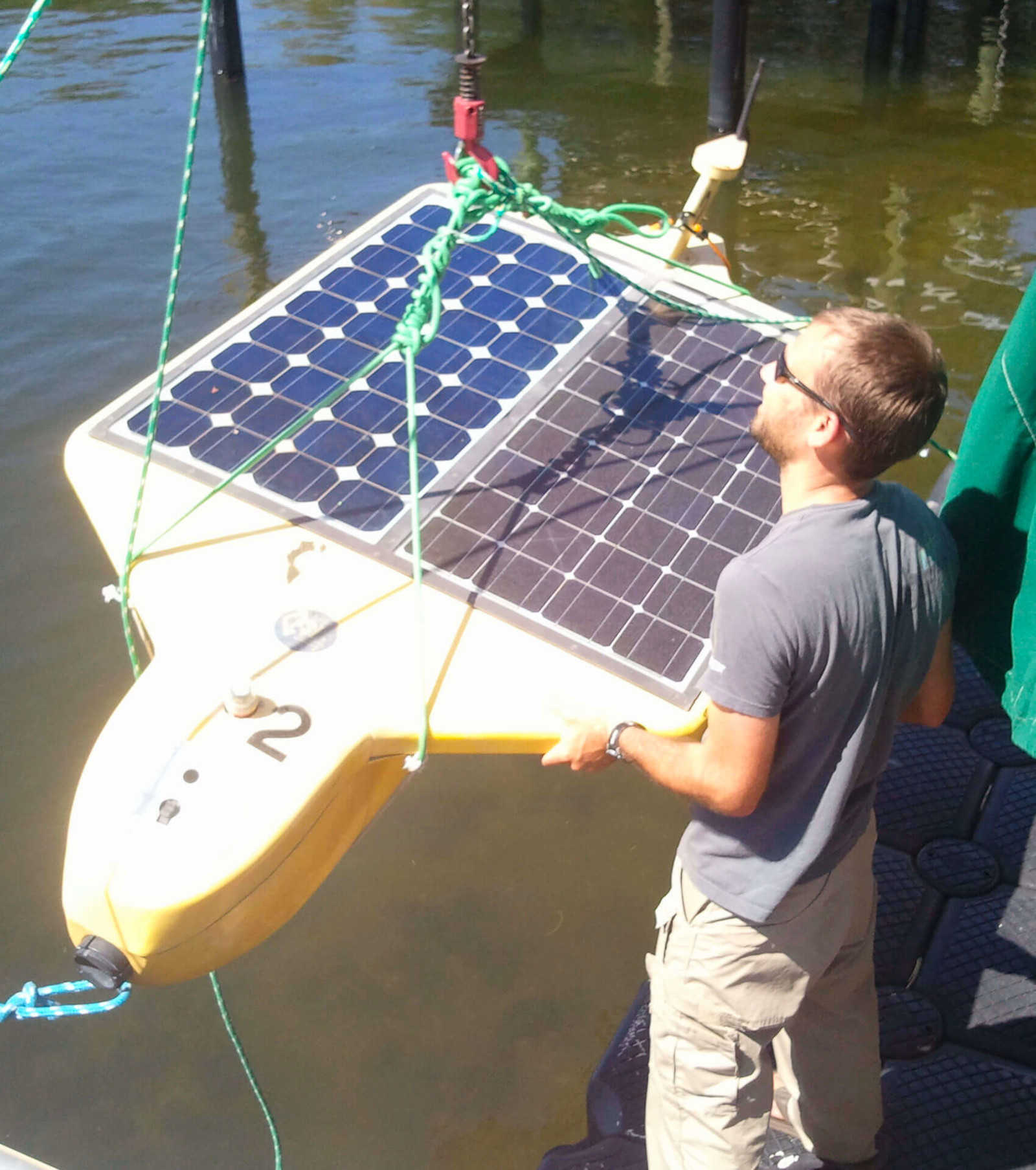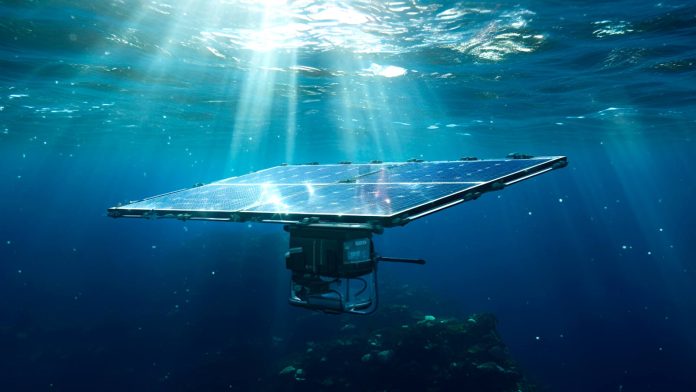Our knowledge of the Earth’s oceans is surprisingly limited compared to what we know about distant planets like Mars. In fact, only 5% of the world’s seabed has been adequately explored and mapped. Advancing our understanding of the marine ecosystem and working towards its conservation requires technological innovations like autonomous underwater vehicles (AUVs). However, powering these vehicles in the deep sea poses a significant challenge. Recent research indicates that solar energy could hold the key to addressing this challenge.
Is solar energy a viable option for AUVs?
Yes, solar energy is a viable option for powering AUVs on long-range missions in the deep sea. While renewable energy sources like wave and tidal power are location-dependent, solar energy can be utilized effectively underwater. There are two main methods for utilizing solar energy underwater:
- Ocean Thermal Conversion (OTEC): This method utilizes the temperature gradient in water masses to generate power.
- Photovoltaics: Photovoltaic technology, adapted for underwater use, can harness solar energy effectively for AUVs.
Solar radiation can penetrate up to fifty meters deep, especially in the green to blue part of the spectrum. However, traditional silicon photovoltaic cells used on land are not optimized for underwater use. New research is exploring materials like cadmium telluride and perovskite cells, which show promising potential for underwater applications.
A new generation of underwater photovoltaic cells
Scientists have identified more efficient photovoltaic cell materials for underwater use, such as cadmium telluride and perovskite cells. Additionally, coatings can now combat biological fouling on the cells, increasing their longevity underwater.

Current prototypes of solar-powered AUVs
Promising prototypes like MIT’s PEARL project and the SAUV II vehicle from the U.S. Autonomous Undersea Systems Institute are showcasing the potential of solar-powered AUVs. These vehicles can operate at significant depths and recharge using solar energy. Other AUVs inspired by natural creatures like tuna and jellyfish are also being developed, showcasing the exciting field of biomimicry.
Source:
Images: SAUV II (Wikimedia Commons)




